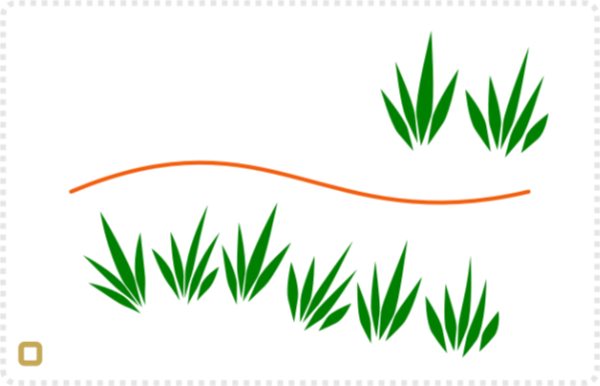

In the main drawing area, click and hold down the left button on your mouse and drag the mouse to create the spiral on the canvas. For information about each of the values that you can change, take a look at Tav Mjong’s Shapes and Spirals Chapter or the FLOSS manual. You can adjust the appearance of the spiral with the options along the top of the Inkscape window (see red box below). Select the spiral tool ( ) from tool icons along the left side of Inkscape. In this example, I started with the spiral tool. At the end of this post, I will discuss additional options. In the example shown here, I have used the spiral tool, the freehand pencil, and the Bezier pen. There are many ways you can draw a path in Inkscape. The extension leaves the originals intact, they can be accessed in the layers panel.Step 1) Draw the path that the tape follows Then the same is done for the black and the inner red paths.

Style is interpolated, too and there's 40 copies (=enough to fill gaps). In the right The black and the outer red paths are selected and extension Generate from Path > Interpolate is applied. The wide red path can be originally open path - maybe the start and end nodes in the same place - the duplicate is automatically open, but you must delete with the node tool and DEL the end segments after converting the stroke to path. A mess is still possible due opposite path directions, but you can fix it with Path > Reverse if needed. Closed path will cause a mess due the unpredictable starting point. Insert new nodes if there is none nearby. In this phase you must cut the paths to open at the closest possible nodes. In the middle: Apply stroke to path to the wider curve, remove the fill, insert a narrow stroke and separate the edges with Path > Break Apart. In the left there's a red path and its black duplicate with much narrower stroke. In the next image it's applied to red instead of white or transparent for visibility only. In Inkscape you can try to apply Extension > Generate from path > Interpolate. This functionality is available at least in Illustrator and Affinity Designer. The curve can be an arbitary path, you only apply the brush to it. The screenshot is from Affinity Designer which allows any PNG image to be used as a brush. This is drawn with pattern brush which has a linear 3-stop gradient white-black-white.

I guess blurring is a hopeless way to make trackable gradients for your robot experiments.


 0 kommentar(er)
0 kommentar(er)
